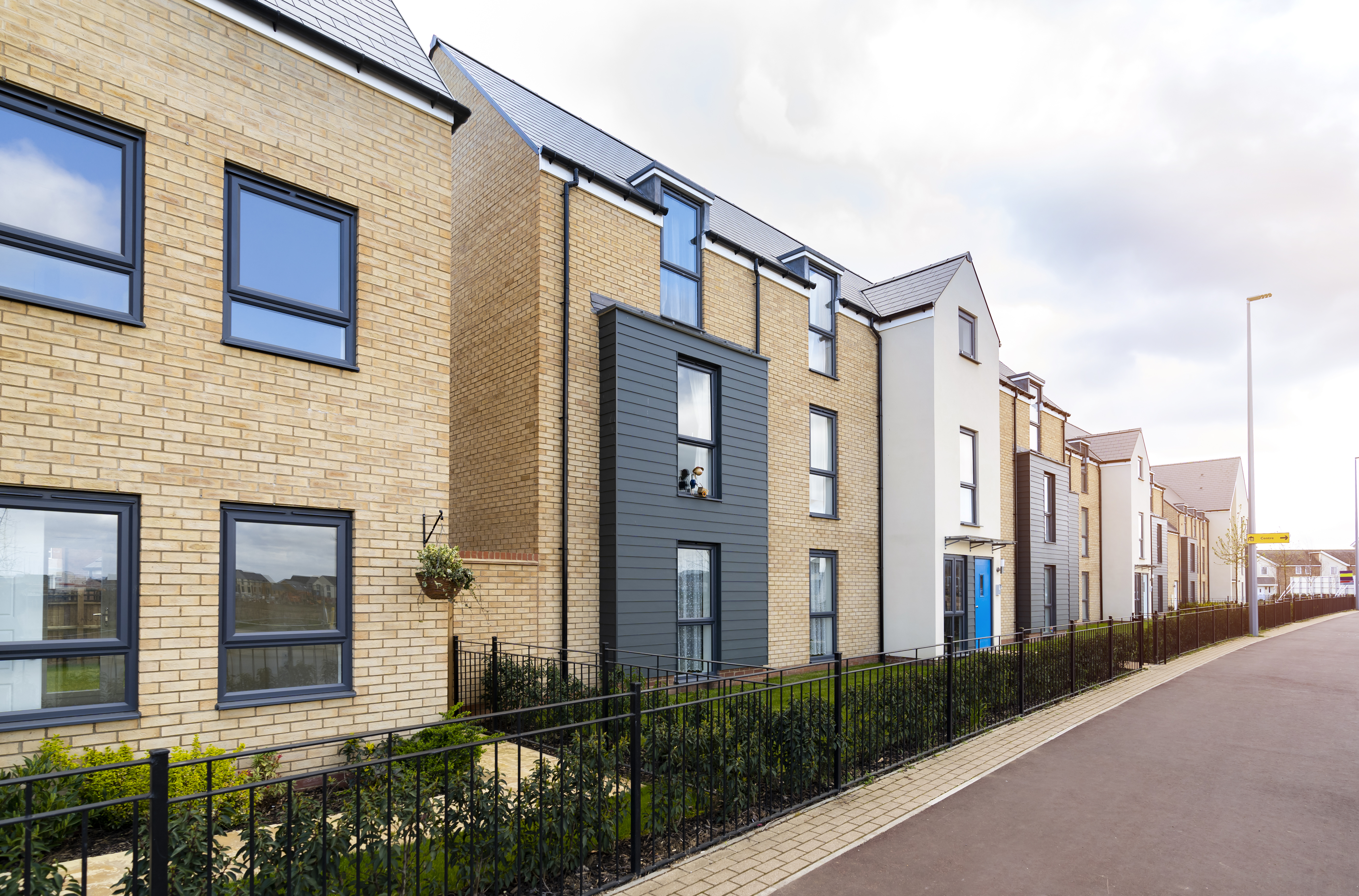Jump straight to a section
Introduction
1. Macroeconomic drivers
2. Construction output
3. Commercial
Development
Outlook

Introduction


The construction industry has been facing multiple headwinds including sharply rising input costs, a constrained labour market and an increased cost of finance, as well as falling capital values and demand uncertainty in some property sectors. As a result, the pace of construction has been subdued.
Yet, the prospect of a continued fall in inflation (although opinions are divided on how fast and how far) together with a shortage of high-quality commercial stock relative to demand has improved market sentiment in this sector. And, with tender prices now rising at a slower rate than general inflation, many developers are seeing the opportunity to start construction.
By looking at the macroeconomic forecasts and recent trends in commercial and residential development, our bulletin assesses the outlook for the construction sector and sets out our forecasts for tender price inflation over the medium term.
1/6 Macroeconomic drivers
Recent high material price inflation is now decelerating, in some cases quite sharply – for example, steel prices rose by 64.5% per annum in Q2 2022, but prices have since fallen for four consecutive quarters. In Q2 2023, steel prices recorded a 27.1% decrease year-on-year.
Wage inflation in the construction sector remains strong at 6.0% per annum (three months to May 2023). Given ongoing labour shortages, wage costs will continue to maintain upward pressure on tender prices.


2/6 Construction output
Construction new work and the UK Construction PMI indicate a slightly more cautious approach to commercial development than recent months. Meanwhile, housebuilding has seen a steep downturn, with housing new work dropping by 4.6% (three months to May 2023).


3/6 Commercial



5/6 Policy impacts
4. Residential
5. Policy impacts
6. Tender price forecasts
View all macroeconomic drivers


View all construction output
New construction orders in the commercial sector fell in the first quarter of the year, suggesting that the construction pipeline is contracting. Planning applications, too, were below longer-term averages.
A shortage in supply of prime city centre offices, last mile delivery and distribution warehousing is being met with ever-growing demand. However, rental growth will be focussed on the highest specification properties. Those with the expertise and resources to deliver high-quality, sustainable buildings will bring much needed stock to the market and will benefit from premiums in rents and capital values.
After a sharp correction in values in the commercial market, yields are now levelling off and capital values are stabilising. At June 2023, all property capital values were 21.2% lower than June 2022, but decelerated by only 0.4% in the three months to June. Recovery will be fastest for prime assets with strong ESG credentials in favourable locations, for which investor demand has
remained robust.


View all commercial



4/6 Residential
Private residential rental prices in the UK jumped 5.1% in the 12 months to June 2023. With housebuilding down and supply constraints looking unlikely to ease, there are immediate opportunities in the build-to-rent market. Once house prices bottom out and the risks to developers decrease, we can expect momentum across the whole market to pick up.




View all residential

Emerging policy, specifically MEES and mandatory Biodiversity Net Gain, is steering the market towards more ‘green’ practices. Both are likely to increase the complexity of designs and will require more specialist skills and resources, as well as magnifying accountability. Construction costs are likely to increase as a result, and the planning process may slow with pressures on supply.




View all policy impacts
6/6 Tender price forecasts
High tender prices look likely to persist in the face of rising input costs and a constrained labour market. Yet, as cost pressures ease, we expect increases to decelerate, despite more contract opportunities in the market. We forecast tender prices to increase by 4.5% overall in 2023 and 2.4% in 2024.
Looking further ahead, the prospects for a modest economic upturn in 2024 and lower pressure on input costs is likely to boost sentiment. As development gathers pace and the economic backdrop eases further, accelerated tender price growth will return.



View all tender price forecasts

1. Introduction
4. Commercial
2. Macroeconomic drivers
3. Construction output
5. Residential
6. Policy impacts
7. Tender price forecasts

1. Introduction
4. Commercial
2. Macroeconomic drivers
3. Construction output
5. Residential
6. Policy impacts
7. Tender price forecasts

1. Introduction
4. Commercial
2. Macroeconomic drivers
3. Construction output
5. Residential
6. Policy impacts
7. Tender price forecasts

1. Introduction
4. Commercial
2. Macroeconomic drivers
3. Construction output
5. Residential
6. Policy impacts
7. Tender price forecasts

1. Introduction
4. Commercial
2. Macroeconomic drivers
3. Construction output
5. Residential
6. Policy impacts
7. Tender price forecasts

1. Introduction
4. Commercial
2. Macroeconomic drivers
3. Construction output
5. Residential
6. Policy impacts
7. Tender price forecasts

1. Introduction
4. Commercial
2. Macroeconomic drivers
3. Construction output
5. Residential
6. Policy impacts
7. Tender price forecasts

Contacts
EMAIL SOPHIE
020 7493 0685
Senior Research Analyst
Sophie Davidson


EMAIL DAVID
020 7529 1519
Partner, Head of Quantity Surveying
David Wood


EMAIL Colin
01223 326826
Partner, Head of Planning & Development
Colin Brown


EMAIL WILL
020 7518 3202
Partner, Head of National Commercial Development
Will Mooney

